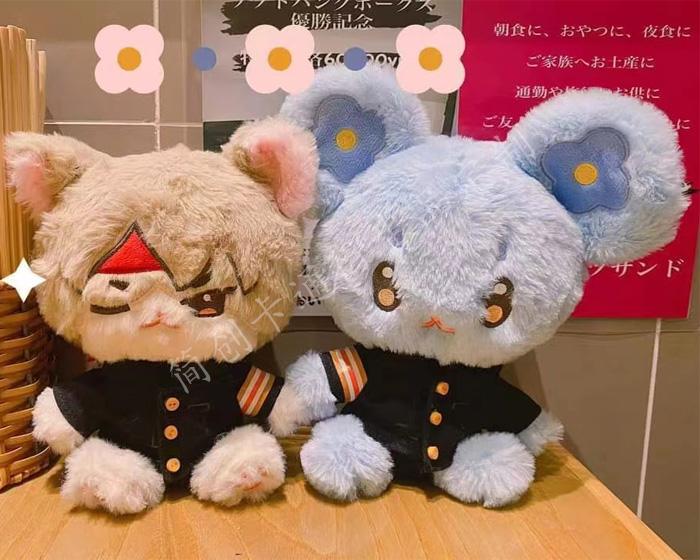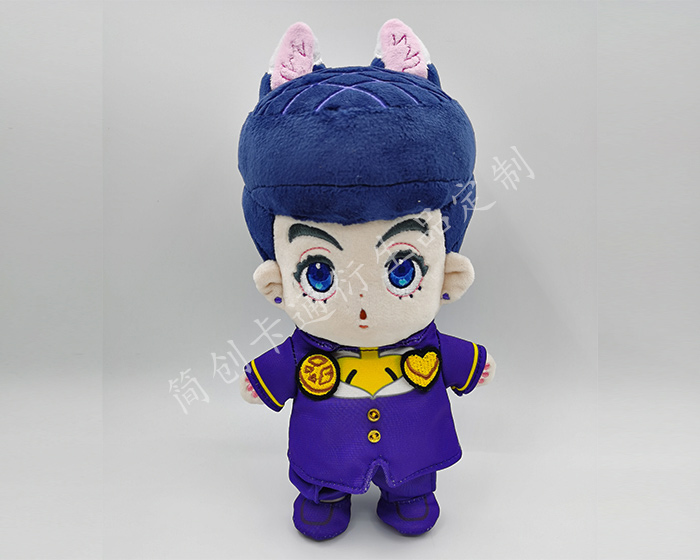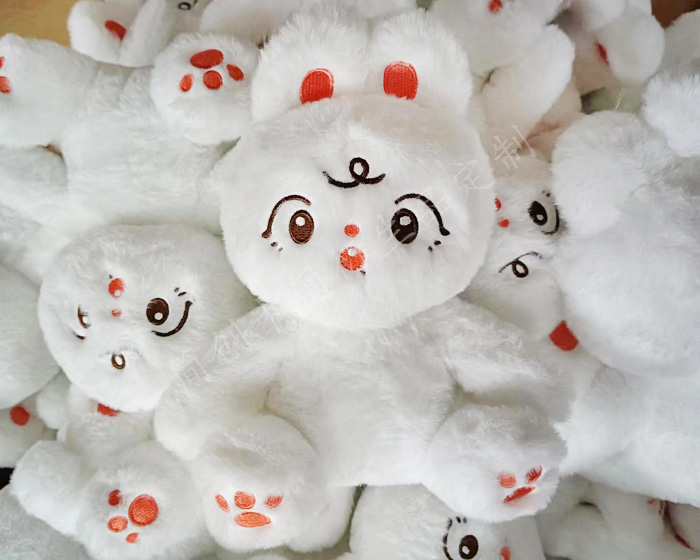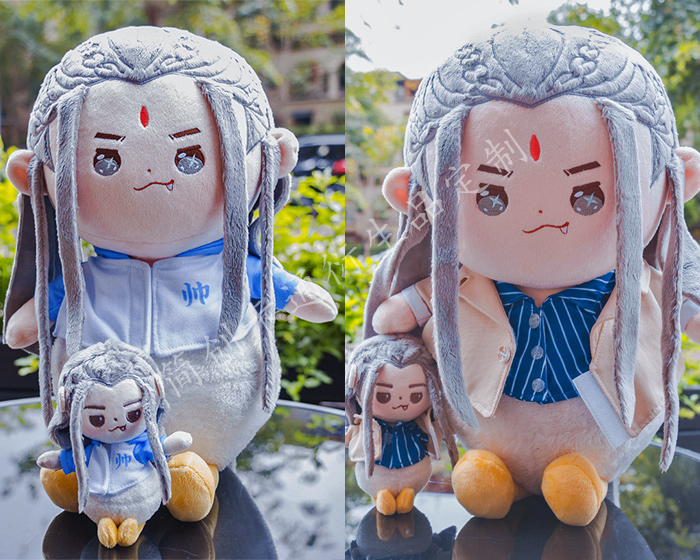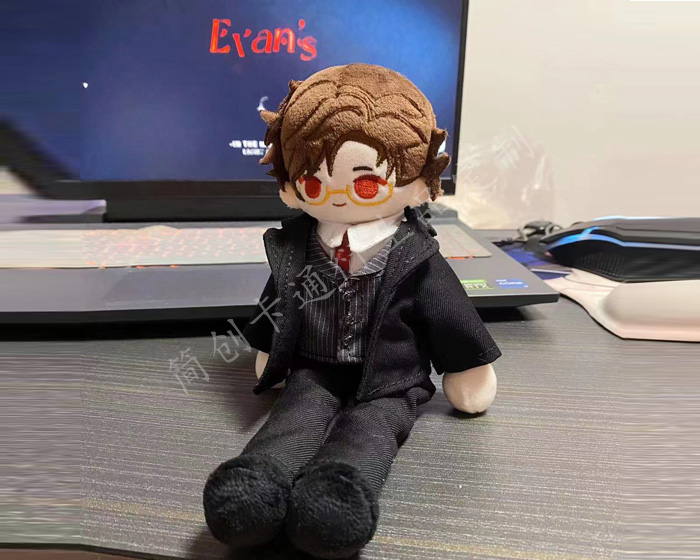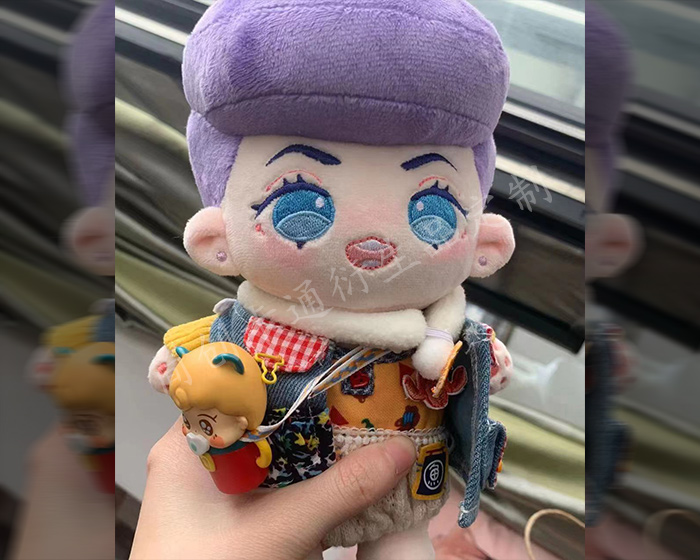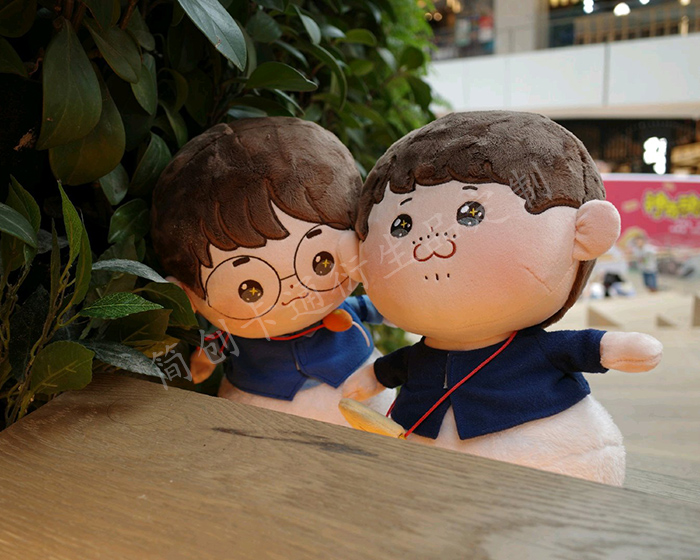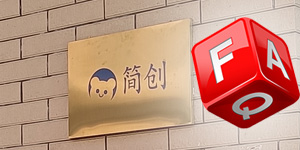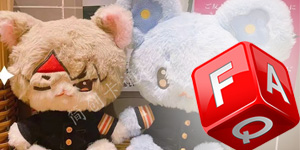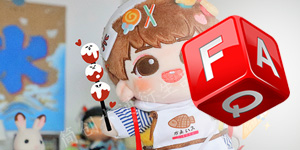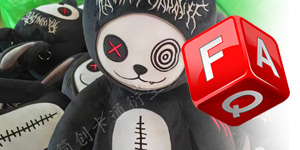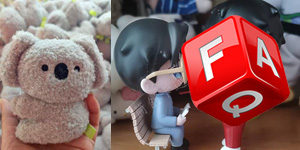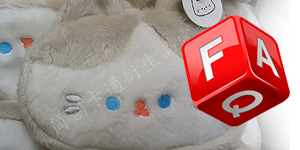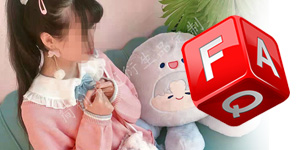In the world of soft toys, the terms “stuffed animals” and “plushies” are often used interchangeably, but they actually refer to slightly different concepts. Understanding these differences can help in choosing the right toy for various needs and preferences.
stuffed animals
Stuffed animals are a broad category of soft toys that have been around for many years. They are typically made to resemble real animals, such as bears, dogs, cats, and other wildlife. These toys are filled with soft materials like cotton, polyester, or beans, giving them a cuddly and comforting texture. The primary audience for stuffed animals is children, although many adults also cherish them for their nostalgic value or as collectibles.
Stuffed animals are often designed with a focus on realism, aiming to replicate the look and sometimes the feel of the actual animals. They can range from simple and small to very detailed and large. Many children form emotional attachments to their stuffed animals, using them as comfort objects during bedtime or as companions during playtime. Some popular examples include the classic teddy bear, Beanie Babies, and lifelike wildlife replicas.
Plushies
Plushies, on the other hand, are a more specific subset of stuffed toys that often feature designs based on characters from pop culture, such as cartoons, anime, video games, and movies. The term “plushie” is derived from the word “plush,” indicating the soft and plush materials used in their construction. Unlike traditional stuffed animals, plushies are frequently designed with an emphasis on cuteness and stylization rather than realism.
Plushies have gained immense popularity in recent years, especially among teenagers and adults who are fans of various pop culture franchises. They are often collected as memorabilia and displayed as part of fan collections. The designs of plushies can be highly detailed, capturing the unique characteristics and expressions of the characters they represent. Popular plushie examples include Pokémon characters, Disney figures, and anime mascots.
Key Differences
-
Design and Purpose:
-
Stuffed Animals: Generally designed to resemble real animals, focusing on a realistic appearance. They are primarily intended for children but are also appreciated by adults.
-
Plushies: Typically based on fictional characters from pop culture, with a focus on stylization and cuteness. They are often collected by fans of all ages.
-
Target Audience:
-
Stuffed Animals: Primarily targeted at young children as comfort toys.
-
Plushies: Popular among fans of specific franchises, including teenagers and adults, as collectibles and memorabilia.
-
Cultural Significance:
-
Stuffed Animals: Often have a timeless and universal appeal, crossing cultural and generational boundaries.
-
Plushies: Usually tied to specific cultural phenomena, reflecting the trends and interests of contemporary pop culture.
-
Attachment and Use:
-
Stuffed Animals: Often serve as comforting companions for children, used in imaginative play and as bedtime security objects.
-
Plushies: Frequently displayed as part of a collection, used as decorative items, or cherished as tokens of fandom.
In conclusion, while stuffed animals and plushies share similarities in their soft, cuddly nature, they cater to different audiences and purposes. Stuffed animals are beloved for their comforting presence and realistic designs, making them timeless favorites. Plushies, with their character-driven designs and cultural significance, have carved out a niche among pop culture enthusiasts and collectors. Understanding these differences can help in selecting the perfect soft toy, whether for a child’s comfort or as a cherished collectible.
The following are some examples of plush toys that our factory customizes for customers. Check out if there is one that you like best.
-
Custom Animal Plush
-
Cute Plush Doll
-
Custom Stuffed Animals
-
Plush Toy
-
Plush Dolls
-
Custom Stuffed Dolls
-
Custom Plush Toy
-
Cotton Dolls
-
Weighted Plush Toys
-
Cute Stuffed Animals
-
Custom Pet Stuffed Animal
-
Warmies Stuffed Animals
-
Weighted Stuffed Animal
-
Soft Toys
-
Plush Stuffed Doll
-
Custom Stuffed Dolls
-
Plush Maker
-
Bear Stuffed Toy
-
Anime Plush
-
Custom Stuffed Animal
-
Anime Plush
-
Custom Plush Toy
-
Personalised Stuffed Animal
-
Plush Animal Toys
-
Custom Plush Makers
-
Custom Plushies
-
Toy Manufacturer
-
Rag Doll Making
-
Custom Toys
-
Dog Plush Toys
-
Custom Rag Doll
-
Stuffed Animals
-
Custom Plush
-
Custom Plush Dolls
-
20cm Cotton Doll
-
Jojo Plush
-
Custom Doll
-
Jojo Doll
-
Large Plush Toys
-
15cm Cotton Doll
-
Dumpling Plush
-
Cotton Doll







